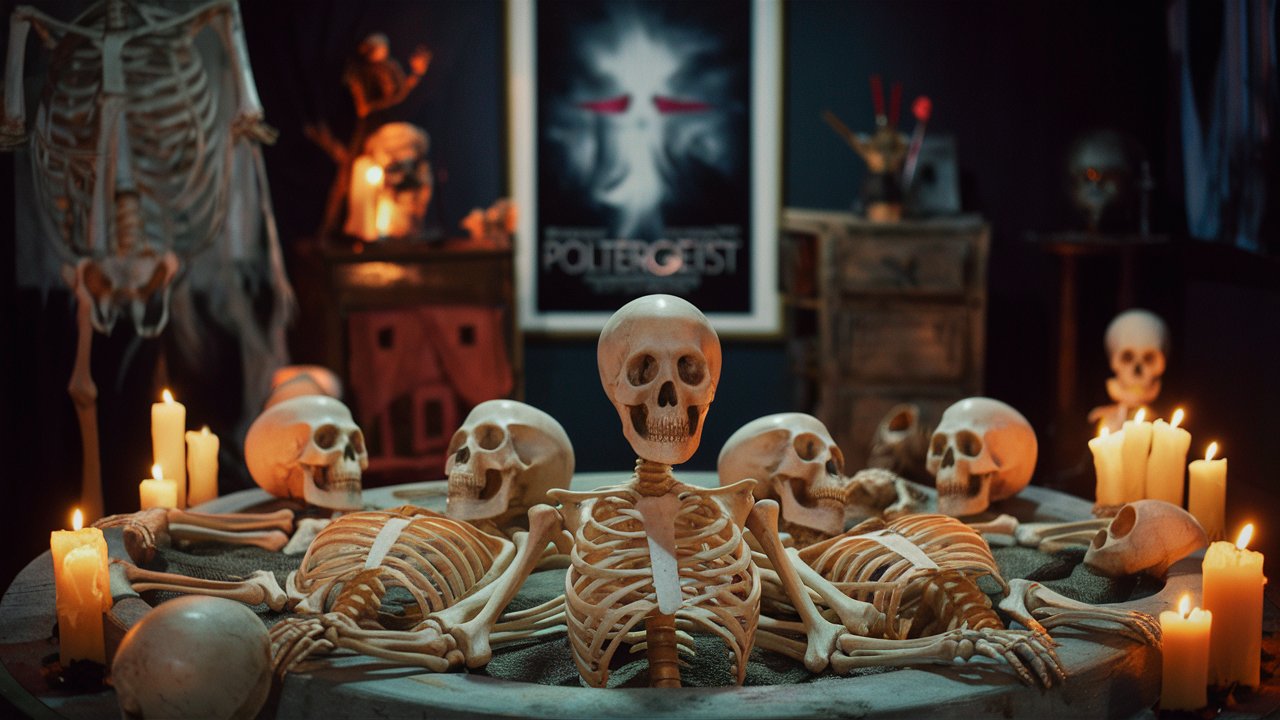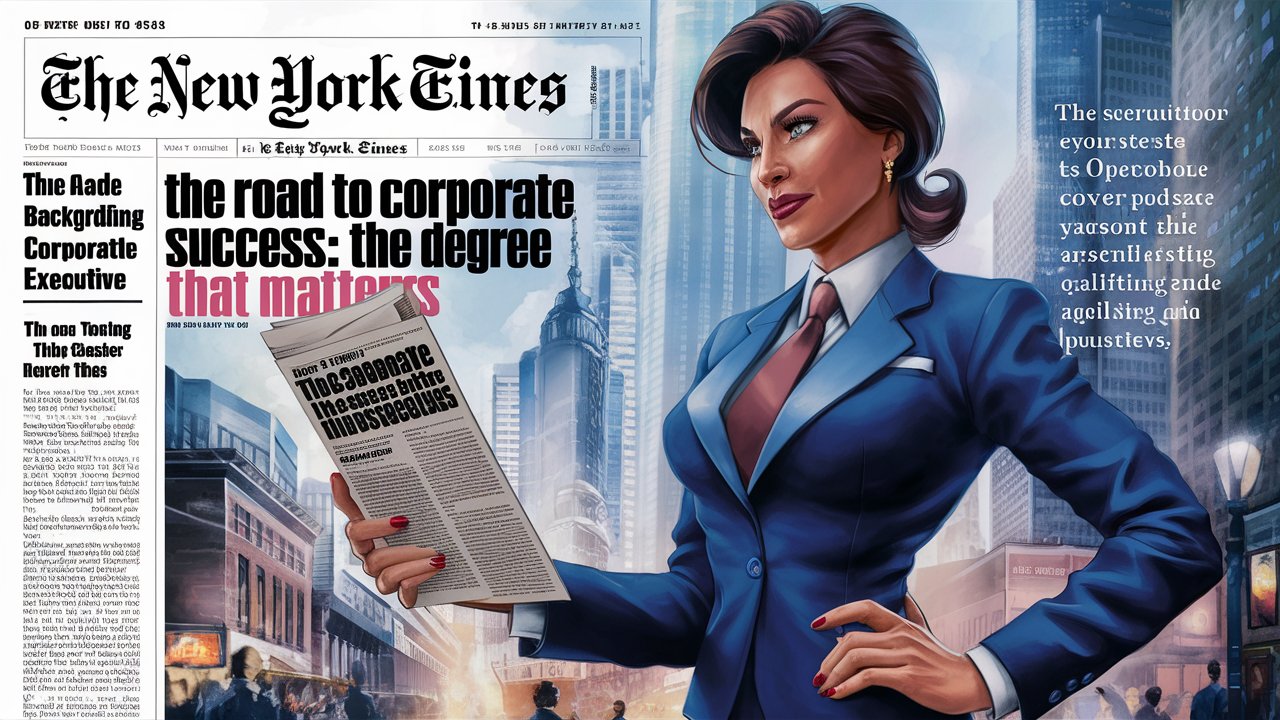Introduction
The 1982 film “Poltergeist” is widely regarded as one of the most iconic horror movies of all time. Beyond its spine-chilling sequences and memorable performances, the film has been surrounded by a cloud of controversy and intrigue, especially concerning the claim that real skeletons were used on set. This feature piece dives into the making of “Poltergeist,” the origins of this macabre claim, and how it has impacted both the film’s legacy and the wider horror genre.
Background Information
The Making of Poltergeist
Directed by Tobe Hooper and produced by Steven Spielberg, “Poltergeist” was a groundbreaking film in the early 1980s. The movie follows the story of the Freeling family, who experience terrifying supernatural occurrences in their suburban home. Released in June 1982, the film quickly became a commercial success and a cultural phenomenon, delivering a blend of supernatural horror and emotional depth that captivated audiences.
Special Effects and Prop Use in the Early 80s
The early 1980s were a period of innovation in practical effects, especially within the horror genre. Filmmakers relied on a mix of practical effects and pioneering techniques to create realistic horror scenes. This era saw the introduction of various methods to make special effects more lifelike without relying heavily on computer-generated imagery (CGI), which was still in its infancy.
The Skeleton Controversy
Origins of the Claim
The unsettling claim that real skeletons were used in “Poltergeist” emerged soon after the film’s release. Initial reports and sources pointed to the climactic swimming pool scene, where actress JoBeth Williams, playing Diane Freeling, encounters skeletons emerging from the muddy water. Over time, several cast and crew members have hinted that real human remains were indeed used, adding fuel to the controversy.
Technological and Practical Reasons
In the early 80s, the prop industry often grappled with the cost and availability of realistic-looking skeletons. Plastic skeletons, while available, often lacked the authenticity required for lifelike horror effects. On the other hand, real skeletons were sometimes more accessible and cost-effective, making them a practical choice for filmmakers aiming for realism on a budget.
Evidence Supporting the Claim
On-Set Accounts
Several accounts from the cast and crew lend credence to the claim. For example, JoBeth Williams recounted in interviews that she was informed about the use of real skeletons only after filming the harrowing swimming pool scene. Special effects artist Craig Reardon has also acknowledged that real skeletons were used, citing their availability and cost-effectiveness compared to high-quality plastic replicas.
Prop Industry Practices
Using real skeletons in movies was not an uncommon practice during that time. Historically, real human remains were often employed in medical schools and anatomical studies. Consequently, they found their way into the film industry as props, particularly in horror films that sought a higher level of realism.
Counterarguments and Skepticism
Debunking the Myth
Despite the compelling testimonies, several skeptics and industry experts have challenged the claim. Some argue that using real skeletons would have posed significant ethical and legal risks, making it unlikely for a major studio-backed film to take such a route. Additionally, advancements in prop-making technology by the early 80s had made high-quality fake skeletons increasingly viable.
Comparative Analysis
When comparing “Poltergeist” with other horror films from the same era, it’s evident that many productions managed to achieve equally realistic effects without resorting to real human remains. Films like “The Evil Dead” (1981) and “An American Werewolf in London” (1981) showcased impressive practical effects, relying on innovative techniques and skilled craftsmanship to bring their horrors to life.
Impact and Legacy
Cultural Impact
The skeleton controversy has undeniably contributed to the lasting legacy of “Poltergeist.” The film’s blend of supernatural horror and behind-the-scenes mystique has influenced modern horror movies and pop culture at large. The claim about real skeletons adds an unsettling layer of authenticity to the film, making it a topic of discussion and speculation among horror enthusiasts and scholars.
Ethical Considerations
The use of real skeletons in filmmaking raises important ethical questions. Modern-day standards in the film industry emphasize the ethical treatment of human remains and the importance of transparency in prop usage. Advances in CGI and practical effects have largely obviated the need for real human remains, ensuring that filmmakers can achieve realistic effects without crossing ethical boundaries.
Conclusion
The claim that “Poltergeist” used real skeletons remains one of the most intriguing and controversial aspects of the film’s history. While there is evidence supporting the claim, skepticism and counterarguments persist. Regardless of the truth, this controversy has indelibly shaped the film’s legacy and continues to spark discussions about ethics in filmmaking.
“Poltergeist” serves as a reminder of the lengths to which filmmakers will go to achieve realism and the ethical considerations that must be weighed in the process. Whether you’re a casual viewer or a dedicated horror aficionado, the mystery surrounding the film’s production is sure to keep you intrigued. For those interested in exploring this topic further, numerous resources and firsthand accounts are available, encouraging ongoing research and discussion.














Leave a Reply